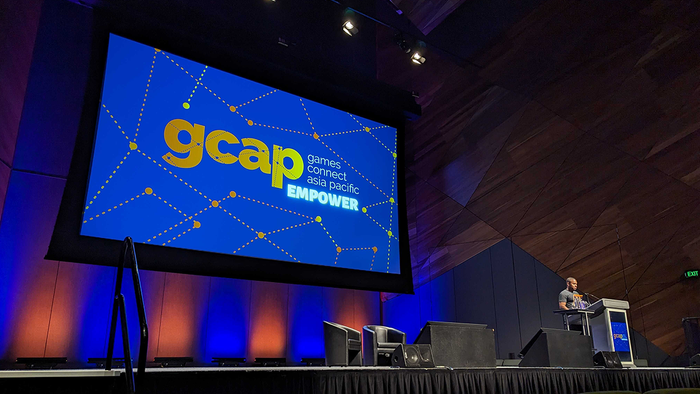
Featured Blog | This community-written post highlights the best of what the game industry has to offer. Read more like it on the Game Developer Blogs.
5 Best Practices for Cost-Efficient User Acquisition
Pepe Agell, Head of International for Chartboost, gives his five best tips for building and executing a cost-efficient user acquisition strategy.

This post originally appeared on Playbook, Chartboost's blog dedicated to the business of mobile gaming.
What does the number 42 mean to you?
It should mean money. Last year, mobile game revenue grew by 42 percent, according to Newzoo. That’s an incredible jump that shows just how much opportunity there is now in the mobile game industry.
Building and executing a cost-efficient user acquisition strategy is a cornerstone of mobile game monetization. The money you spend acquiring users will actively generate new revenue for your game. Earlier this month, I spoke at GDC about the best — and most economical — ways to attract new players.
Here are my five tips for cost-efficient user acquisition.
1. Build an Immersive Message
Any successful user acquisition strategy starts with an engaging and relevant message. Your ad’s message must resonate with your audience — so it’s crucial that you not only identify your target users, but also get to know them. One way to do that is to check out who “likes” you on Facebook.
Remember to make each ad an immersive experience. Give your audience a taste for what playing your game is actually like — so think beyond banner ads, which only bring in an average of 0.1 installs per thousand ad views. Interstitial ads are more effective, with three installs per thousand ad views. Video ads (an inherently immersive format) are even more effective with eight installs per thousand ad views.
Also, promote how popular your game is among current users. Including star ratings and download statistics can boost conversion by 15 percent.

2. Context Matters
At Chartboost, we’ve seen developers find success promoting games within games. It’s a strong first step any dev can take in order to reach the right audience — but it’s not enough on its own. Dig deeper and customize for different target demographics to get the most value out of your immersive message.
For example, an iOS user in Canada is not going to respond in the same way as an Android user in India. Differentiate your ad campaigns based on geography and device (and don’t forget to speak the right language!). Focus, too, on genre: If your game has puzzles and is crime-themed, for example, promote in both categories.
These days, devs can’t afford to buy advertising blindly. Ask your vendors to provide detailed app-to-app analytics so you can optimize your campaigns by looking at which apps have the highest and lowest conversion per publisher and exclude those that don’t perform well. You can dig even deeper to see which of your apps yield the highest LTV, and intensify your player acquisition efforts in those apps.

3. Define What Success Means for You
There’s not one single metric that tells you whether your user acquisition strategy is succeeding or not. The specific metrics you rely on will depend on the type of game you’re developing. Focus on attracting quality, valuable users that improve your stats in the following categories: retention, engagement, monetization and virality.
Retention and engagement (through DAU and MAU metrics) tell you how many users keep coming back over time, while monetization (through ARPU and ARPDAU) is all about converting virtual currency to real money. Virality measures your game’s social reach. Keeping track of how existing players are promoting your game is important because it lowers the effective cost per install by bringing more players on board. Sketch out what success should look like for each of these metrics after 60 days.

4. Launch, Learn, Iterate
Once you’ve determined your success metrics, test out your strategy with a soft launch. It’s critical to know how your game performs in a test market (common markets for soft launch include Canada, Australia, New Zealand, Sweden and the Netherlands) with a sample size of between 10,000 and 20,000 players.
Let these early players fiddle with your game for two to 10 weeks and you’ll be much better prepared for the official launch to a bigger audience (the American App Store, for example). Based on the soft launch results, you can make important adjustments and optimize visuals, messages and calls-to-action.

5. Don’t Forget the Free Stuff
Take advantage of every available opportunity to create a successful user acquisition strategy. Cross-promotion campaigns perform up to six times better than advertising on the network. Start cross-promotion with your own network, where players are more likely to convert into paying users. Take advantage of direct deals, too. With these options, devs can choose their own terms and focus acquisition efforts on proven sources of valuable players.

Read more about:
Featured BlogsAbout the Author(s)
You May Also Like








